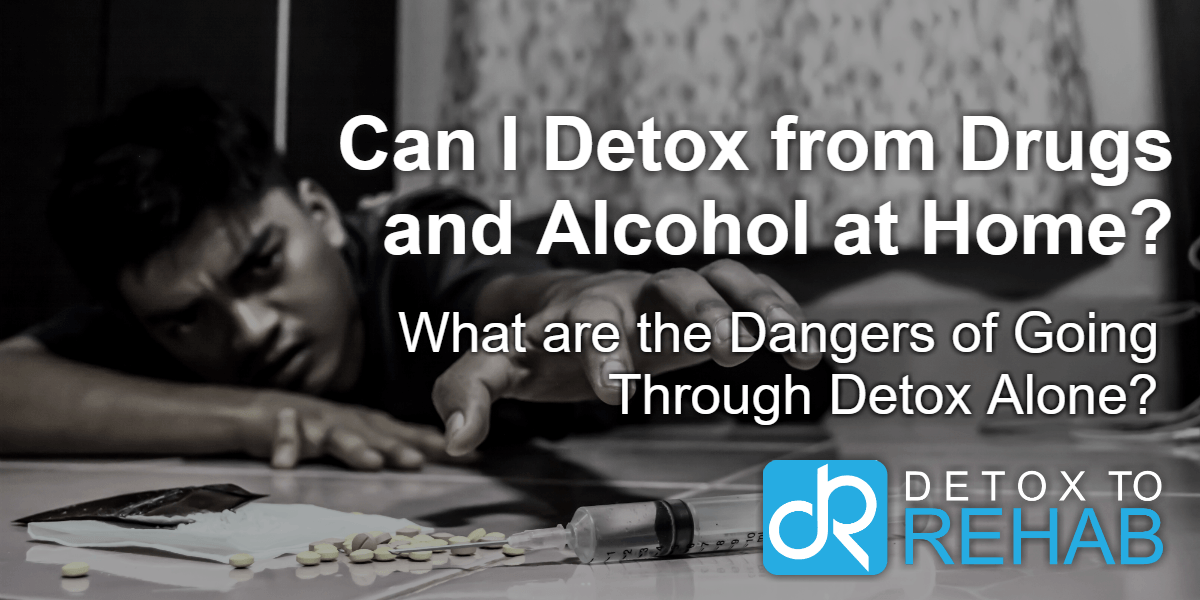

“The first step towards getting somewhere is to decide that you are not going to stay where you are.” – J.P. Morgan
Have you ever thought about detox at home to break free from addiction? Maybe you’re scared to tell your family, can’t miss work, or don’t want to check into a rehab center. Many people wonder if home detox is safe or effective. But the truth is, home detox risks can be severe – even deadly.
According to the Substance Abuse and Mental Health Services Administration (SAMHSA), over 20 million Americans struggle with substance use disorders each year. Many try to quit cold turkey alone at home. Unfortunately, detoxing without medical help can lead to seizures, hallucinations, dangerous heart problems, or relapse that ends in overdose.
Key Pages:
- Medically supervised Detox
- Buprenorphine Detox Treatment Program
- Can I Detox from Drugs and Alcohol at Home? | Risks & Safe Options
- Holistic Detox Treatment Program
- Methadone Detox | Find Trusted Detox Clinics Near You
- Naltrexone Detox Treatment Program
- Non-Narcotic Detox Programs | Drug-Free Addiction Treatment Options
- Phenobarbital Detox: Safely Manage Withdrawal with Medical Support
- Subacute Detox
- Suboxone Detox Treatment Program | Safe and Supportive Withdrawal Care
- Valium Detox Treatment Program
- Narconon Detox Program | Inside the Scientology-Based Approach to Addiction
- Rapid Detox for Addiction | Fast-Track Withdrawal or Risky Shortcut?
- Tapering Detox | Gradual Withdrawal for Safer Addiction Recovery
- Cold Turkey Detox | Risks, Realities, and Safer Alternatives
Why Do People Try Detox at Home?
People choose detox at home for many reasons:
- Privacy: They don’t want anyone to know they’re struggling.
- Cost: They think it will save money compared to treatment.
- Time: They can’t take time off work or leave family.
- Fear: They are afraid of rehab, judgment, or what detox might feel like.
While these reasons are understandable, home detox comes with serious health risks.
Home Detox Risks: Why It Can Be Dangerous
Detoxing from drugs and alcohol at home can be life-threatening.
Here are some home detox risks you should know:
- Severe withdrawal symptoms: Vomiting, diarrhea, shaking, sweating, headaches, and intense cravings.
- Seizures: Especially common when detoxing from alcohol, benzodiazepines, or heavy drug use.
- Delirium tremens (DTs): A severe alcohol withdrawal complication causing confusion, hallucinations, rapid heartbeat, and can be fatal if untreated.
- Heart problems: Rapid or irregular heartbeat and dangerously high blood pressure.
- Psychiatric issues: Anxiety, panic attacks, depression, suicidal thoughts, or psychosis.
- Relapse and overdose: Detox lowers your tolerance. If you relapse and use the same amount as before, overdose risk is high.
According to the National Institute on Drug Abuse (NIDA), over 106,000 people in the U.S. died from drug-involved overdoses in 2021 alone. Many of these deaths happen after relapse, especially when trying to detox alone without support.
Substances with the Most Dangerous Withdrawal Symptoms
While all detox can be uncomfortable, some substances are dangerous to quit without medical supervision:
- Alcohol: Can cause seizures and delirium tremens, which can be fatal.
- Benzodiazepines (Xanax, Valium): Stopping suddenly can cause life-threatening seizures.
- Opioids (heroin, fentanyl, pain pills): Withdrawal is intensely painful, leading to dehydration, severe depression, and relapse risks.
Safe Detox Options: Protect Your Life and Recovery
Instead of risking your health with detox at home, here are safer options:
Medical detox is done in a licensed facility with 24/7 care. Doctors and nurses monitor your symptoms, provide medication to ease withdrawals, and keep you safe. This is critical for alcohol, benzo, and opioid detox.
After detox, inpatient rehab provides therapy, counseling, and support to help you address addiction’s root causes and learn coping skills for long-term sobriety.
If you have mild addiction, outpatient detox programs allow you to live at home while attending daily medical visits and therapy sessions. However, this should only be done under medical supervision.
What About Natural Home Remedies for Detox?
Many websites claim lemon water, herbal teas, or supplements can detox your body. While these may support general health, they do NOT treat physical dependence or prevent withdrawal dangers. Addiction is a disease that needs medical and psychological treatment, not just “clean eating.”
The Importance of Professional Help
Addiction is not a moral failing. It is a chronic brain disease that changes how you think, feel, and act. Professional detox and rehab programs provide:
- Medical safety: Preventing seizures, heart problems, or psychiatric crises.
- Emotional support: Therapists and counselors guide you through anxiety, depression, and trauma.
- Relapse prevention: Building coping skills and strategies to avoid triggers.
- Long-term recovery plans: Including therapy, support groups, sober living, and aftercare planning.
Cost Concerns? Treatment May Be Covered
Many people avoid treatment due to cost worries. However, most private insurance plans and Medicaid cover detox and rehab programs. You can check with your insurance provider or call a treatment center directly for a free verification of benefits.
“I never thought I could be happy sober,” he says. “But life is better than I ever imagined.”
You Deserve a Safe and Healthy Recovery
Don’t let fear, shame, or cost stop you from getting help. Detox and recovery are possible with medical care, therapy, and support. Reach out to a trusted treatment center today to discuss your options and find a safe path forward.
“The best time to plant a tree was 20 years ago. The second best time is now.” – Chinese Proverb
Your new life starts today.








